London was getting to me.
I was writing my book, How to Make Coffee, while living out of Airbnbs and from the tables and counters of various cafes and bars. London was so.. distracting, and expensive. I’d looked around for a little studio I could rent in the countryside – it didn’t matter where – and I’d found a lovely little space just outside of Boston, Lincolnshire.
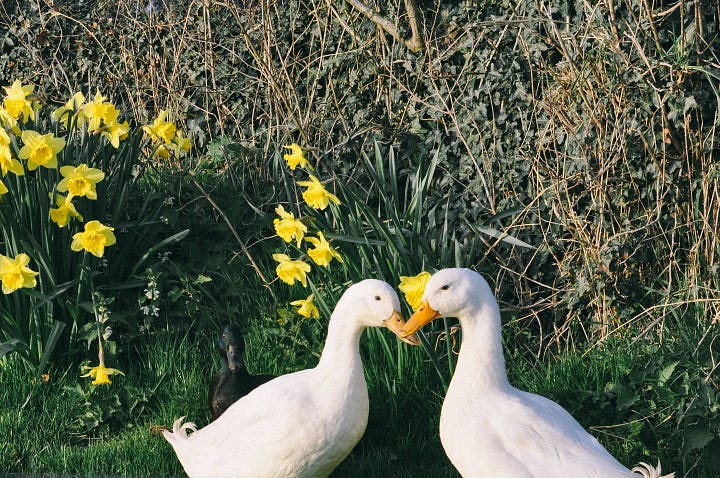
My host, Fran, lived in the main house and ended up being a wonderful foodie companion. She introduced me to the delights of black pudding cooked with scallops in a little butter; and took me to the big food market in Boston to discover some (very) unique Lincolnshire culinary delights.
We began our adventure by touring the Maud Foster Windmill – the oldest operating windmill in England.
The Art and Demise of the Windmill
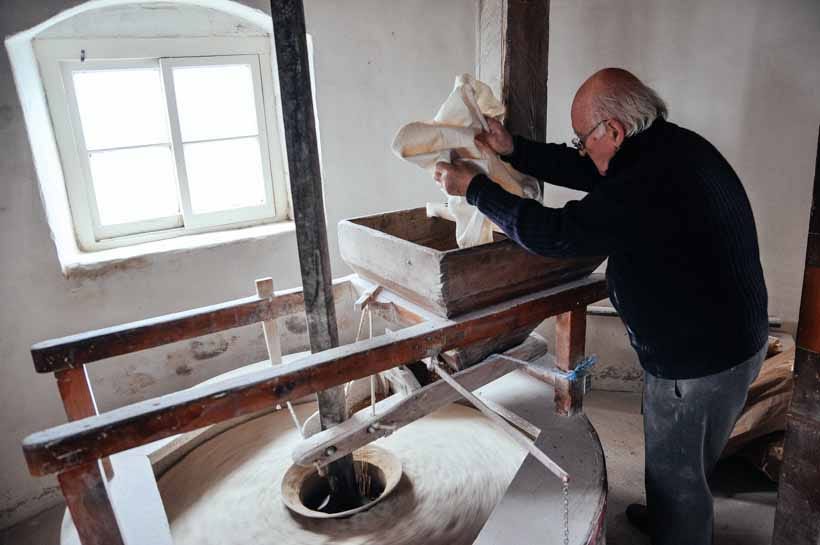
Tom Waterfield’s knitted wool sweater is covered in a fine dusting of flour: he pushes his glasses back onto his nose and holds up a handful of spelt grains. His face lights up as he describes how he grinds these ancient Roman grains into flour between millstones – the traditional way.
Read this story on Substack
After a walk through St Botolph’s Church – the largest parish church in England, built in 1390 – we make a quick stop at the Guild Hall, where we saw the cells where the Mayflower Pilgrims were imprisoned for trying to flee England.
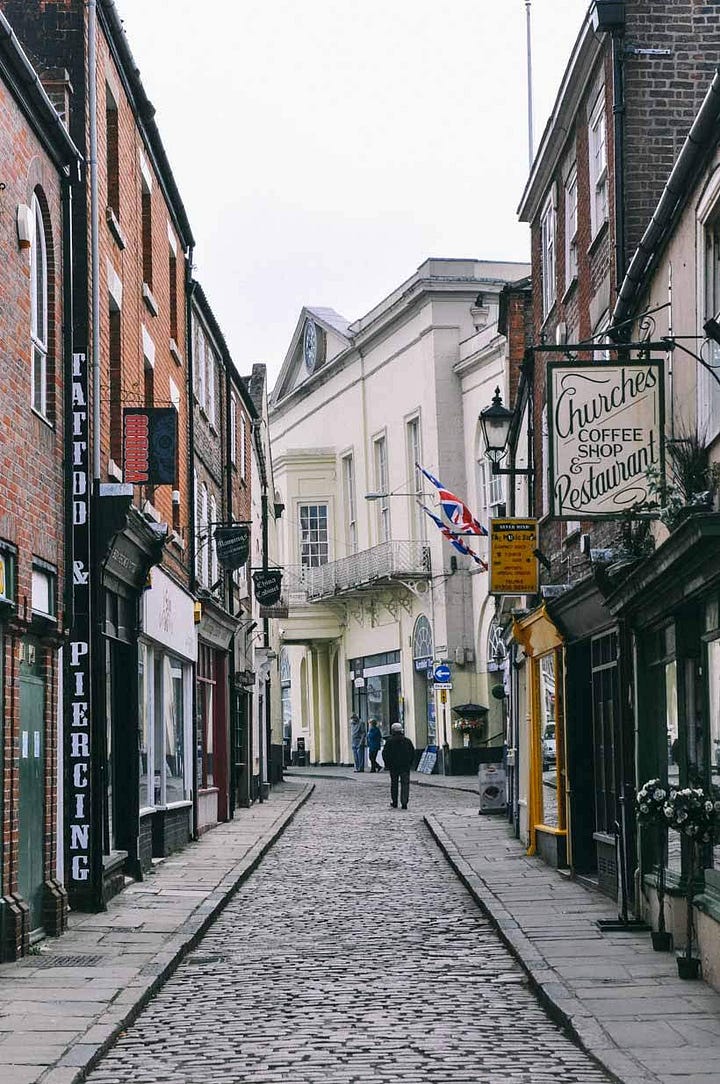
I had been talking to Fran about some of the regional meat products, so we stopped in at Mountains Boston Sausage, an artisanal butcher that has been around since 1852.
Lincolnshire produces three of Britain’s most iconic foods; the Lincolnshire Sausage, Lincolnshire Poacher Cheese, and Lincolnshire Plum Bread. These are often used in international food festivals to showcase the best of British produce.
lincolnshire.org
I started with a slice of stuffed chine, a traditional dish of salt pork stuffed with parsley and other herbs.
Stuffed chine was traditionally made from the now-extinct Lincolnshire Curly Coat pig, a breed that would grow very fat. Once hung to set up, the very thick layer of fat would firm up. This, combined with the difficulty of sawing directly through the backbone, supposedly led to the sawing through the ribs on either side, removing both flitches and leaving the chine running centrally from the nose to the tail. The story goes that the chine, with rind only protecting the back and leaving a large area of exposed meat, went moldy while hanging. Having scrubbed off the mold, strong-tasting herbs were picked from the garden and packed into deep slits cut into the meat before it was boiled in a copper pot.
From Slow Food UK
Next up was something I had eyed at a few local delis, an oversized meatball-looking thing, which I found out was called haslet. The word is derived from the French hastilles, meaning entrails. This is a ball of pork mince, sage, salt, white bread, and pepper. The butcher recommended slicing and frying and serving with pickles. Reminiscent of meatloaf but done REALLY WELL.
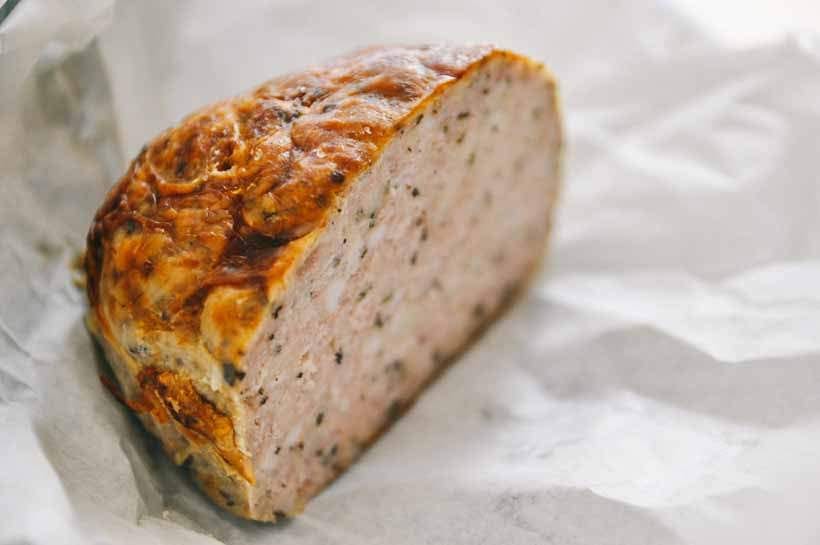
Lincolnshire sausage, another famous food of the region, is also flavored with sage. Why so much sage in Lincolnshire meat products? It was a popular medieval herb, but I wondered why it seemed more prevalent here than in other parts of England. A little research turned this up:
There has always been a plentiful supply of sage in Lincolnshire. Originating in the Mediterranean region, sage dislikes prolonged exposure to wet conditions. As Lincolnshire has one of the lowest annual rainfall levels in the UK, sage has always thrived in Lincolnshire soil.
Sage is a good meat preservative. It is rich in the naturally occurring antioxidant phenoxyethanol, and has been used as a meat preservative since Roman times. Indeed, the herb sage may well have been introduced into Lincolnshire by the Romans.
Last but not least I sought out Lincolnshire Plum Bread, found at every respectable tearoom in the area. Plum, referring to tea-soaked currants, sultanas, and orange peel, are all baked into a treacle cake-like loaf, slice, and top with a slice of Lincolnshire poacher cheese (or, a good sharp cheddar)
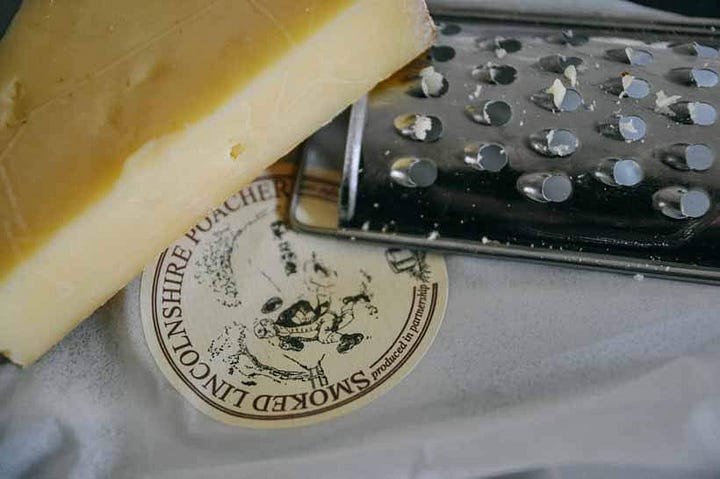
Welbourne’s Bakery has been around since 1896 and makes the most famous plum bread in the region (with the sweetest slogan of often buttered – never bettered). According to the bakery they have only changed their recipe once in the past 118 years, and that is to replace the lard with vegetable fat so that vegetarians can enjoy it too. I have tried to track down the recipe, though I think it is kept under lock and key. People travel for miles to pick up a loaf. The recipe below is not Welbourne’s, I’ll admit. But delicious nonetheless.
Leave a Reply